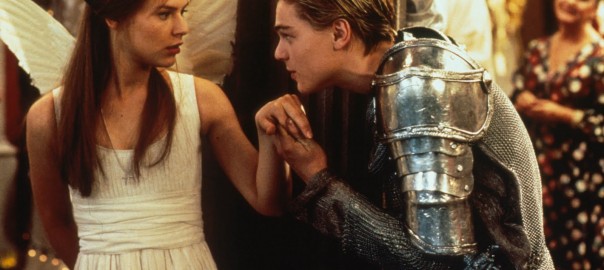Youtube is a valuable tool to use in classrooms to aid students in learning Shakespeare literature as it gives students the power to not only view videos, but create and upload amateur videos related to class assignments as well. Youtube also offers Shakespeare adaptations of plays and performances that can assist students in both comprehending Shakespeare literature and creating connections between Shakespeare literature and pop culture.
Christy Desmet (2009) offers her explanation on why Youtube is beneficial for teaching Shakespeare literature in classrooms:
“there is ample evidence that students are already visiting YouTube for inspiration when creating their project” (65).
“YouTube is perfect for the kind of peer review that we want students to engage in as they write, create, and revise their work in different media” (65).
“the ease of repetition…coupled with the length limitations imposed by YouTube focus viewers’ attention sharply and thus promote close analysis” (65).
Taken together and relating the following to Shakespeare’s Romeo and Juliet, Desmet suggests that teachers give students the opportunity to find inspiration for projects from YouTube (such as how to act our particular scenes from the play). Once students find something in particular that sparks their interest, they can act out their own scenes and upload them to YouTube where they can receive feedback from their fellow peers. YouTube also gives students the ability to pause, rewind, and forward videos; this is advantageous as it gives students control to closely analyze whatever aspect of a video they choose to analyze.
Youtube Shakespeare also provide video mashups, which consists of a combination of clips and pictures that are put together creatively to look aesthetically pleasing to its viewers. Video mashups can be used to display parody and offers opportunities for teachers to teach students on particular passages in Shakespeare plays to make them come to life.
